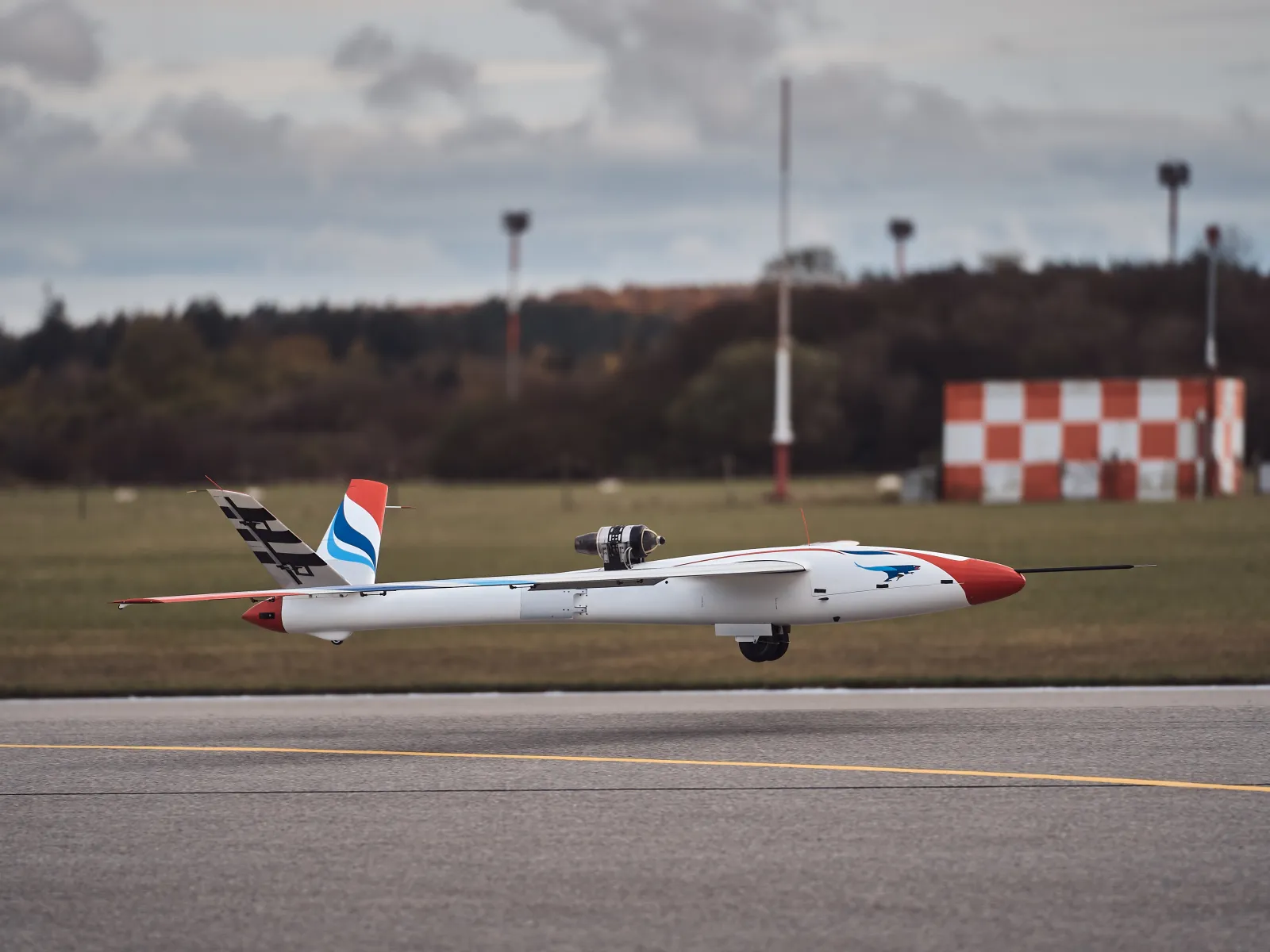
A few decades ago, flying was still a rare luxury, but today it is a natural part of many of our lives. Summer vacations, a few days of sightseeing, business trips: any point on the globe can be reached in a matter of hours. Similarly, air parcel delivery has become part of our everyday lives, from the global network of online orders to urgent industrial shipments. However, growing air traffic is not only putting a strain on airports, but also on our planet. This is why it has become a key issue to find ways to make aviation greener, more economical, and safer at the same time—even in the harshest weather conditions. Hungarian researchers are working on this side by side with the world's largest aircraft manufacturers.
Experts at HUN-REN SZTAKI’s Systems and Control Laboratory (SZTAKI SCL) are working with Airbus, among others, to make air cargo and passenger transport more efficient. Aircraft with lower fuel consumption and lower emissions not only offer economic benefits, but also reduce the ecological footprint of air travel. What's more, thanks to these developments, they can fly more safely even in turbulent weather.
Without breaking with current aircraft design principles, fuel savings of around 10-15 percent have been achieved in recent years simply by optimizing the closer cooperation of systems. One fundamental way to achieve this is to increase the structural efficiency of aircraft and improve their aerodynamic properties. This means minimizing air resistance while ensuring that the wings provide the most lift possible with the least fuel consumption.
Airbus's research department is already working on technologies for aircraft that will be ready for series production by 2035. One of the goals of these developments is to create wings that are as aerodynamically efficient as possible and have a high aspect ratio. However, the wingspan cannot be increased arbitrarily: if the wings are too thick, air resistance increases and flight stability may even decrease. At the same time, long, thin wings can significantly improve the aerodynamic properties of an aircraft—and SZTAKI SCL's research is helping to solve the technological challenges associated with this.
They are also experimenting with aircraft that have a so-called all-wing design. The widespread use of these could result in further fuel savings of 20-25%, but they also raise a number of new questions: many airports would require significant modifications to accommodate such aircraft, and the comfortable seating of passengers would also be a problem. In addition, studies show that many people are wary of unfamiliar, non-traditional designs. Passenger confidence is a key issue: it would be a serious risk for manufacturers and airlines to put such high-value aircraft into service if some passengers were simply afraid to fly on them.
Flutter and aeroelasticity
"Longer and thinner wings are more prone to resonance, which means that under certain conditions, small vibrations can be amplified and cause increasingly larger oscillations. In the case of aircraft wings, this is called flutter. High-frequency, uncontrolled vibrations can lead to serious structural problems and even cause the wing to break," explains Bálint Vanek, deputy head of SZTAKI SCL and lead researcher of ARNL. "In addition, some airports cannot accommodate aircraft above a certain wingspan. In such cases, the wing tips need to be folded up, which on the one hand increases the weight of the wing and on the other hand represents additional workload for the pilot, or in some cases, the autopilot."
One of SZTAKI SCL's main areas of expertise is modeling and damping wing vibrations during flight. The laboratory deals with aeroelasticity – how airflow and the flexible structure of aircraft wings interact. "Some of the flight tests can only be carried out in simulation, so we use mathematical models to analyze the behavior of the wings in turbulence, gusts of wind, and other extreme conditions. Based on these models, we design algorithms that enable the autopilot software to actively control the behavior of the wing," added Bálint Vanek.
SZTAKI SCL is also developing small, fast-acting wing surfaces that are aerodynamically capable of quickly dampening dangerous wing vibrations that occur during flight. Within the framework of the European Union's Horizon 2020 research and development program, they worked with Airbus to develop special actuators that move the wing surfaces, which are also used by French company Dassault, which manufactures the Falcon jet private aircraft.
The above press release received numerous online appearances in Hungarian professional and other media, such as nrgreport.hu, vezess.hu, jovogyara.hu, muszaki-magazin.hu, trademagazin.hu, and digitalhungary.hu.